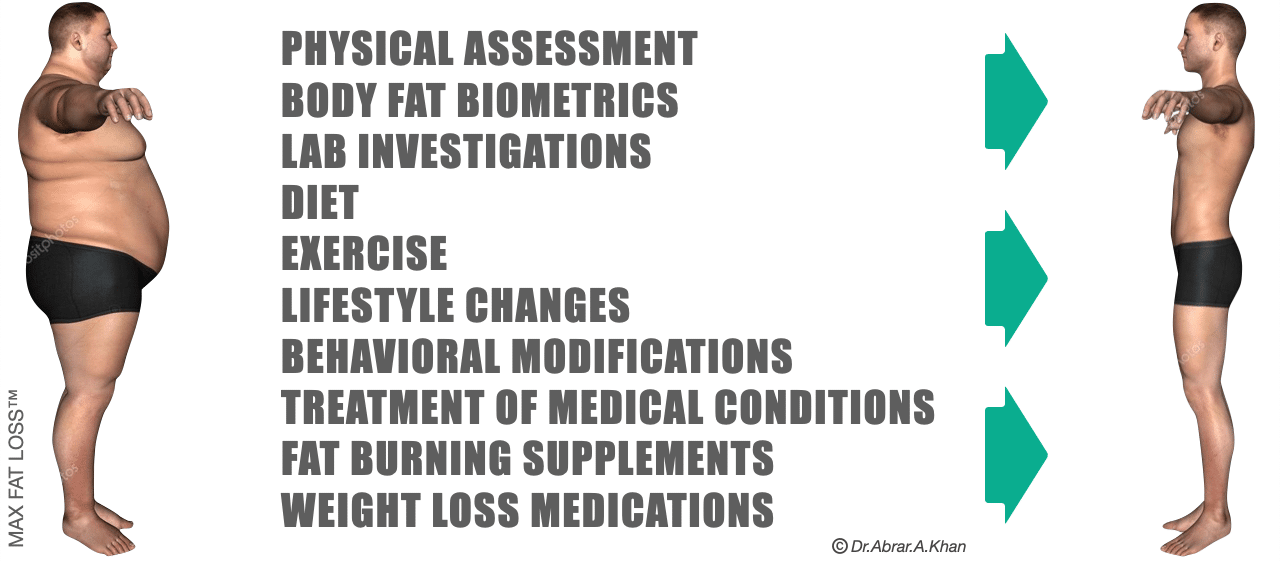All Categories
Featured
Table of Contents
-1
Leaders of army bases must analyze their facilities to determine and eliminate problems that encourage one or even more of the consuming behaviors that advertise obese. Some nonmilitary companies have actually boosted healthy consuming options at worksite dining centers and vending makers. Multiple publications suggest that worksite weight-loss programs are not really reliable in decreasing body weight (Cohen et al., 1987; Forster et al., 1988; Frankle et al., 1986; Kneip et al., 1985; Loper and Barrows, 1985), this might not be the instance for the military due to the better controls the military has over its "workers" than do nonmilitary employers.
-1Nourishment specialists can supply individuals with a base of details that enables them to make educated food choices. Nourishment therapy and dietary monitoring tend to focus more directly on the motivational, emotional, and mental problems linked with the present task of weight loss and weight monitoring.
-1Unless the program participant lives alone, nourishment administration is rarely efficient without the participation of member of the family. Weight-management programs might be separated into 2 phases: weight-loss and weight maintenance. While workout might be one of the most essential aspect of a weight-maintenance program, it is clear that nutritional limitation is the vital component of a weight-loss program that influences the rate of weight reduction.
-1Therefore, the power equilibrium equation might be impacted most dramatically by minimizing power intake. optifast. The number of diet regimens that have actually been suggested is practically many, however whatever the name, all diets consist of reductions of some percentages of healthy protein, carb (CHO) and fat. The adhering to sections take a look at a variety of plans of the proportions of these 3 energy-containing macronutrients
Gastric Bypass

-1
This type of diet regimen is made up of the kinds of foods a patient normally eats, but in reduced amounts. There are a number of reasons such diet plans are appealing, yet the primary factor is that the referral is simpleindividuals need just to adhere to the U.S. Division of Farming's Food Guide Pyramid.
-1Being used the Pyramid, nonetheless, it is essential to emphasize the part sizes used to develop the advised variety of servings. For example, a bulk of customers do not realize that a part of bread is a single slice or that a part of meat is only 3 oz. A diet regimen based on the Pyramid is quickly adjusted from the foods served in group settings, including army bases, given that all that is needed is to eat smaller sized sections.
-1Much of the studies published in the clinical literary works are based on a well balanced hypocaloric diet plan with a decrease of energy intake by 500 to 1,000 kcal from the individual's normal caloric intake. The United State Fda (FDA) recommends such diet regimens as the "conventional therapy" for scientific tests of brand-new weight-loss medicines, to be made use of by both the energetic representative group and the sugar pill team (FDA, 1996).
-1The biggest quantity of weight reduction occurred early in the researches (about the initial 3 months of the plan) (Ditschuneit et al., 1999; Heber et al., 1994). One research study found that ladies lost extra weight between the 3rd and sixth months of the plan, however guys shed many of their weight by the third month (Heber et al., 1994).
Weight Loss ( Fremantle 6163)
-1In contrast, Bendixen and coworkers (2002) reported from Denmark that dish substitutes were connected with negative end results on weight-loss and weight upkeep. This was not an intervention study; participants were followed for 6 years by phone interview and information were self-reported. Unbalanced, hypocaloric diets restrict several of the calorie-containing macronutrients (protein, fat, and CHO).
-1Most of these diet plans are published in books targeted at the ordinary public and are often not created by health and wellness experts and typically are not based on sound clinical nourishment principles. For a few of the dietary routines of this type, there are couple of or no research magazines and practically none have actually been researched long-term.
Weight Loss Specialist – Fremantle 6163
-1The major sorts of out of balance, hypocaloric diet regimens are gone over listed below. There has actually been significant argument on the ideal ratio of macronutrient consumption for grownups. This research typically contrasts the quantity of fat and CHO; however, there has actually been boosting passion in the duty of protein in the diet regimen (Hu et al., 1999; Wolfe and Giovannetti, 1991).
-1The size of these studies that analyzed high-protein diet regimens just lasted 1 year or much less; the long-term security of these diet regimens is not recognized. Low-fat diet regimens have been among one of the most frequently utilized therapies for weight problems for several years (Astrup, 1999; Astrup et al., 1997; Blundell, 2000; Castellanos and Rolls, 1997; Flatt, 1997; Kendall et al., 1991; Pritikin, 1982).
-1Results of current studies recommend that fat constraint is additionally useful for weight maintenance in those that have actually shed weight (Flatt 1997; Miller and Lindeman, 1997). Dietary fat decrease can be attained by counting and limiting the variety of grams (or calories) eaten as fat, by restricting the consumption of certain foods (as an example, fattier cuts of meat), and by replacing reduced-fat or nonfat versions of foods for their greater fat counterparts (e.g., skim milk for whole milk, nonfat icy yogurt for full-fat gelato, baked potato chips for deep-fried chips) (Dywer, 1995; Miller and Lindeman, 1997).
-1Several aspects may contribute to this seeming contradiction. All people appear to selectively undervalue their consumption of dietary fat and to reduce normal fat intake when asked to videotape it (Goris et al., 2000; Macdiarmid et al., 1998). If these results reflect the basic propensities of people completing dietary surveys, after that the amount of fat being eaten by obese and, perhaps, nonobese individuals, is more than regularly reported.
Best Weight Loss Program
-1They located that low-fat diet regimens consistently demonstrated considerable weight loss, both in normal-weight and overweight individuals. A dose-response partnership was also observed in that a 10 percent reduction in nutritional fat was anticipated to generate a 4- to 5-kg weight reduction in a specific with a BMI of 30. Kris-Etherton and colleagues (2002) discovered that a moderate-fat diet plan (20 to 30 percent of power from fat) was most likely to promote weight management due to the fact that it was less complicated for patients to adhere to this sort of diet plan than to one that was drastically limited in fat (< 20 percent of energy).

-1
Very-low-calorie diets (VLCDs) were utilized extensively for fat burning in the 1970s and 1980s, yet have come under disfavor in recent times (Atkinson, 1989; Bray, 1992a; Fisler and Drenick, 1987). FDA and the National Institutes of Health define a VLCD as a diet plan that gives 800 kcal/day or much less. weight loss surgery. Considering that this does not consider body dimension, an extra clinical meaning is a diet regimen that supplies 10 to 12 kcal/kg of "desirable" body weight/day (Atkinson, 1989)
-1The portions are consumed three to 5 times daily. The key goal of VLCDs is to generate fairly rapid weight-loss without substantial loss in lean body mass. To attain this objective, VLCDs usually provide 1.2 to 1.5 g of protein/kg of desirable body weight in the formula or as fish, lean meat, or fowl.
Latest Posts
Plant-based Nutritionist – Glen Forrest
Weight Loss Specialist
What Is The Best Personal Trainers On Line Available Today